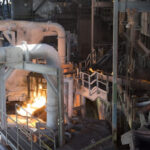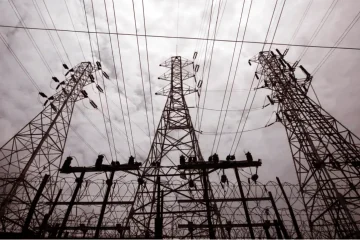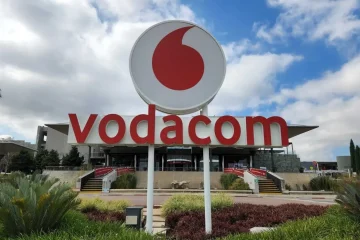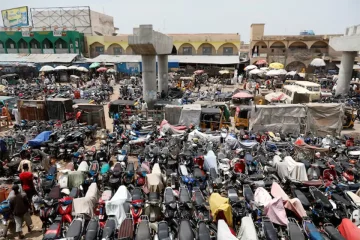NAMIBIA is gearing up its logistics infrastructure to handle future shipments of green hydrogen, with a planned US$267 million hydrogen harbour at the port of Walvis Bay, according to the country’s port authority, Namport.
Port of Antwerp Bruges will build the facility over the next three years, billed as a hub for shipping hydrogen and its byproducts to energy-hungry markets in Europe.
These regions are actively seeking to reduce carbon emissions and are looking towards innovative solutions like green hydrogen, which cannot be achieved through electrification alone.
The Namibian Ports Authority (Namport) and Port of Antwerp will equally own the facility, built on a greenfield site near the current port and which will also feature a container terminal.
“For us it’s a first step to enabling Namport to march toward greening the ports,” Namport chief executive, Andrew Kanime, told reporters at the site.
Kanime and his Antwerp counterpart, Jacques Vandermeiren also unveiled Africa’s first hydrogen-powered ship, a tugboat, which was launched together with CMB at Walvis Bay.
Walvis Bay’s new hub will store and distribute hydrogen and ammonia from companies like Belgium’s Cie Maritime Belge SA, enabling ship refuelling and ammonia transport to aid heavy industry clusters in Europe striving to reduce carbon emissions without viable renewable electricity options.
Already, talks are underway for a unit of MSC Mediterranean Shipping Company SA to manage the hydrogen harbor once it’s completed.
In 2019, Namport finalized a $250-million expansion at Walvis Bay, which included the addition of a second container terminal, effectively doubling its capacity to 750,000 TEUs. The development also introduced new ship-to-shore cranes and a dedicated berth for cruise ships.
The construction of the Walvis Bay harbour is part of Namibia’s ambitious US$3.5 billion investment over the next five years to establish a commercial green hydrogen industry.
Starting this fourth quarter, Namibia aims to initiate green hydrogen production, with commercial operations expected by 2026 and an annual output target of 300,000 tons by 2030.
Future target markets could also include heavy industries in Asia, with Namibia is uniquely positioned to capitalise on this opportunity due to its abundant solar and wind resources, essential for the production of green hydrogen.
Namibia plans to shell out US$9 billion to build a 5GW green hydrogen project at Tsau/Khaeb National Park and is set to make its maiden hydrogen production in 2026.
The first phase will generate 2GW worth of renewable electricity, which will be upscaled to 5GW.
The hydrogen production project is being built through a partnership with international stakeholders under the aegis of Hyphen Hydrogen Energy, a joint venture between Namibian-registered company Nicholas Holdings and German energy giant Enertrag.
The hydrogen projects are expected to eventually match or even exceed Namibia’s current GDP in terms of investment value.
Namibia’s initiative serves as a model for the future as the continent positions itself as a formidable player in the green hydrogen arena.
Germany and Norway have already recognized this potential by partnering with African nations, including Namibia and Egypt, to develop green hydrogen projects.
Meanwhile, South Africa, holding 80% of global reserves of the platinum group metals (PGMs) used for green hydrogen production, is also positioning itself to build a green hydrogen industry.
PGMs are used in the electrolysers needed to produce green hydrogen as a fuel, giving the nation an advantage in developing a green hydrogen value chain and offering the country an opportunity to become a key supplier in the global hydrogen market. It is developing manufacturing and logistics facilities on its east coast, to service Asia, and on its west coast, not far from Walvis Bay, to service Europe and the US.













